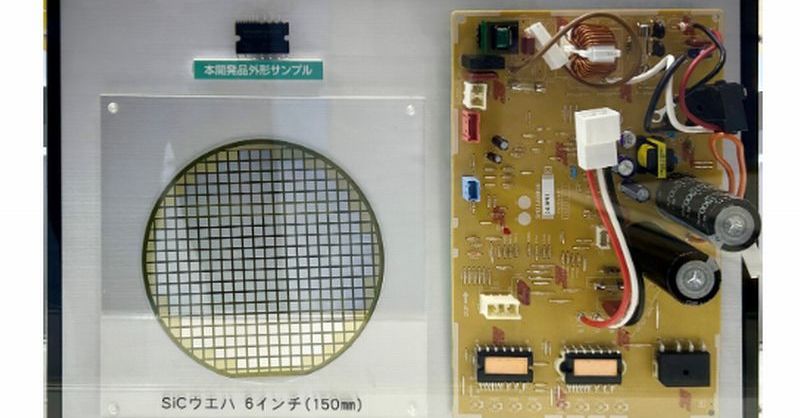SiC & Si Chip IPM: Revolutionizing Air Conditioning Efficiency
The global push for energy efficiency is driving innovation across various sectors, and the air conditioning industry is no exception. Traditional air conditioning systems are notorious energy guzzlers, contributing significantly to carbon emissions. However, a new generation of power electronics is poised to dramatically improve efficiency: SiC (Silicon Carbide) and Si (Silicon) chip-based Intelligent Power Modules (IPMs). This article delves into how these technologies are revolutionizing air conditioning, offering a more sustainable and cost-effective solution for homes and businesses alike.
What are SiC and Si Chip IPMs?
Intelligent Power Modules (IPMs) integrate power semiconductors, driver circuits, and protection components into a single, compact package. This integrated approach simplifies design, reduces size and weight, and improves reliability. The use of SiC and Si chips enhances performance even further:
- SiC (Silicon Carbide): SiC semiconductors offer superior switching speeds and higher operating temperatures compared to traditional silicon IGBTs (Insulated Gate Bipolar Transistors). This translates to significantly reduced switching losses, leading to higher efficiency.
- Si (Silicon): While not as revolutionary as SiC, advanced silicon technologies continue to improve efficiency and offer a more cost-effective option for certain applications. Silicon IPMs are a mature technology and offer a good balance of performance and cost.
The combination of these advanced semiconductor materials with intelligent control algorithms within the IPM leads to optimized energy usage and improved system performance.
Advantages of SiC & Si Chip IPMs in Air Conditioning
The integration of SiC and Si chip IPMs in air conditioning systems offers numerous advantages:
- Increased Efficiency: The lower switching losses result in a considerable reduction in energy consumption, leading to lower electricity bills and a smaller carbon footprint. Studies have shown efficiency improvements of up to 20% compared to traditional systems.
- Smaller and Lighter Systems: The compact design of IPMs allows for smaller and lighter air conditioning units, making them easier to install and transport.
- Improved Reliability: The integrated protection features within the IPMs enhance system reliability and reduce the risk of malfunctions.
- Faster Response Times: Improved switching speeds lead to quicker and more precise temperature control, resulting in enhanced comfort.
- Reduced Operating Costs: Lower energy consumption translates directly to reduced operational costs over the lifetime of the system.
SiC vs. Si: Choosing the Right Technology
The choice between SiC and Si IPMs depends on several factors, including cost, performance requirements, and application specifics:
- SiC IPMs: Offer superior efficiency and performance, making them ideal for high-power applications and demanding climate control scenarios. However, they come with a higher initial cost.
- Si IPMs: Provide a good balance of performance and cost, making them suitable for a wider range of applications. They represent a more accessible upgrade path for manufacturers.
The Future of Air Conditioning with SiC & Si Chip IPMs
The adoption of SiC and Si chip IPMs is rapidly expanding within the air conditioning industry. As manufacturing scales and costs decrease, we can expect even wider adoption in the near future. This technology is not only beneficial for residential and commercial air conditioning but also crucial for larger-scale applications like data centers and industrial cooling systems. The move towards energy-efficient cooling is essential for mitigating climate change, and SiC and Si IPMs are playing a key role in this transition.
Conclusion: A Cooler, Greener Future
SiC and Si chip IPMs are transforming the air conditioning landscape, paving the way for a more sustainable and efficient future. By reducing energy consumption and enhancing system performance, these technologies offer significant benefits for both consumers and the environment. As the technology continues to evolve and become more accessible, we can anticipate a wider range of high-efficiency air conditioning solutions entering the market, ensuring a cooler and greener future for all.
Keywords: SiC IPM, Si IPM, Intelligent Power Module, Air Conditioning, Energy Efficiency, Sustainable Cooling, Silicon Carbide, Silicon, HVAC, Climate Control, Power Electronics, Green Technology, Energy Savings, Cost Reduction
(Note: This article would benefit from the inclusion of relevant links to industry reports, manufacturer websites, and scientific publications to further strengthen its SEO and credibility. Images and videos would also significantly improve engagement.)
